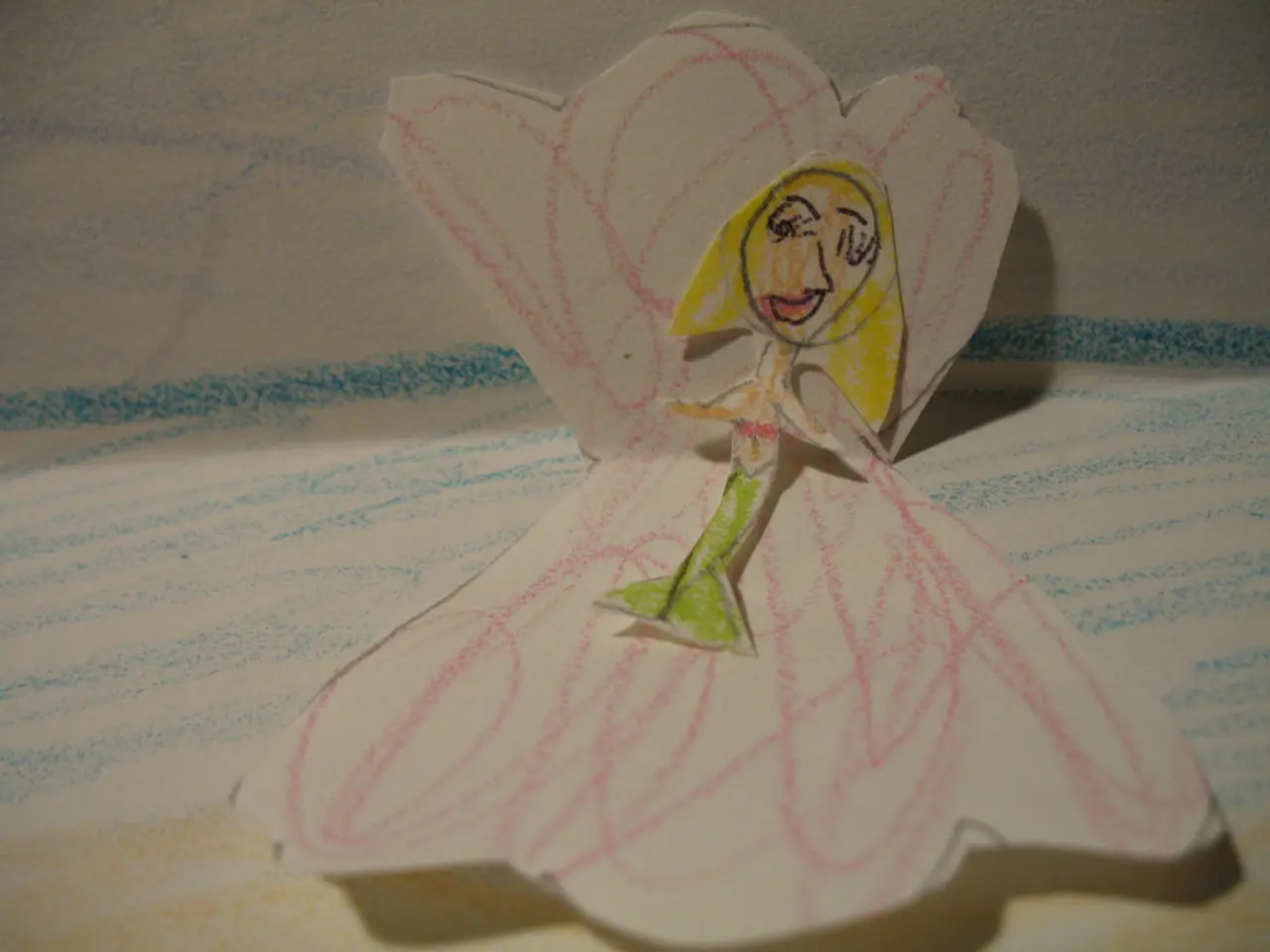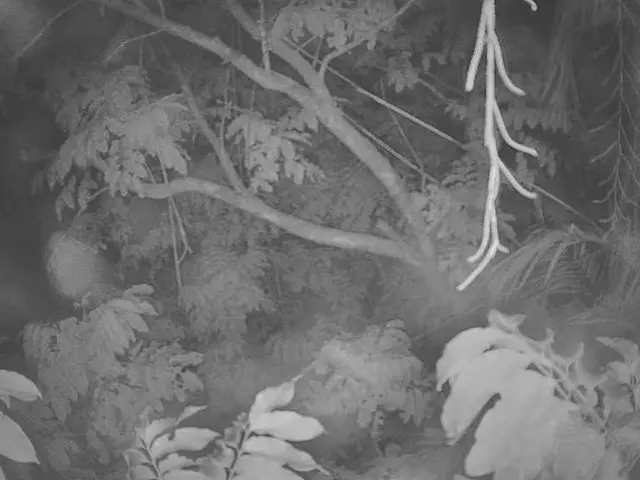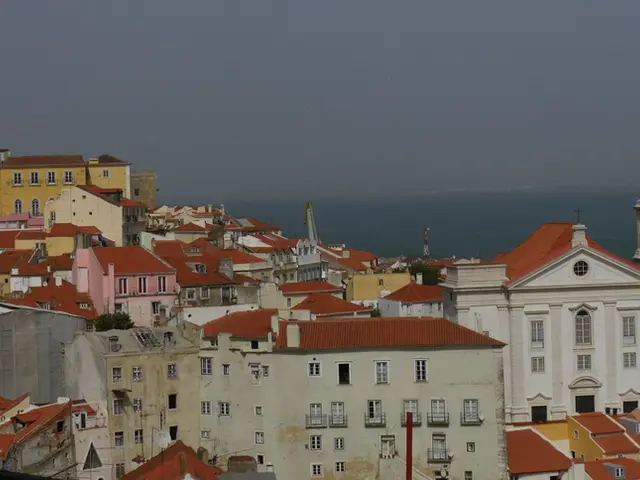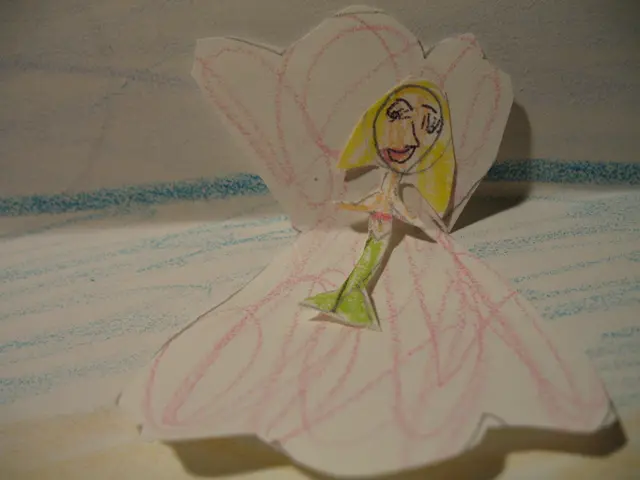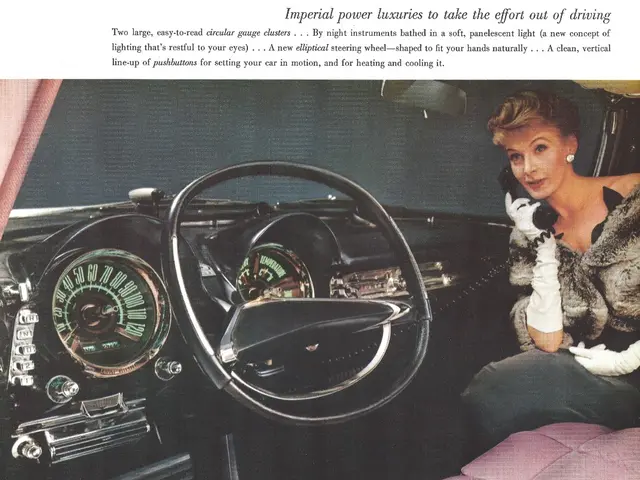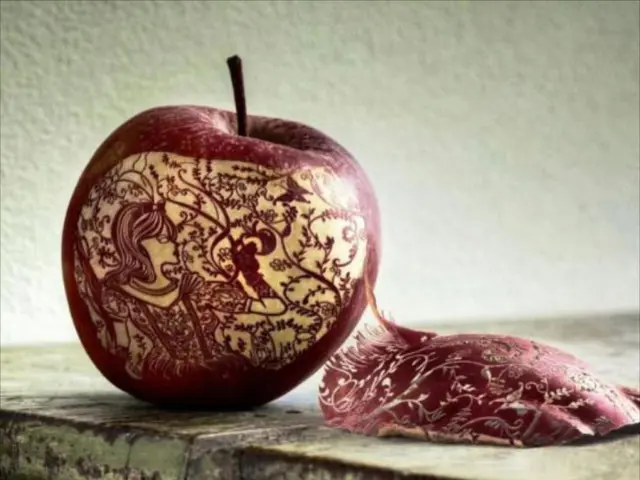Artistic Blend of Mediums: Investigating Inventive Painting Methods
Mixed media art is a vibrant and diverse creative field that encourages artists to experiment with an array of techniques and materials. This exciting art form uses more than one medium to create captivating pieces that push the boundaries of traditional art.
Materials in Mixed Media Art
At the heart of mixed media art are a variety of materials. Paints such as acrylic, watercolor, oil, and ink form the basis, while cloth and textiles, paper, wood, and found objects add depth and texture. Additional materials like rope, thread, sand, metal, pastels, and charcoal further enrich the artistic possibilities.
Key Techniques in Mixed Media Art
Mixed media art is characterised by several key techniques. Collage, for instance, involves combining various papers, fabrics, or images on a surface to create intricate layered effects. Assemblage, on the other hand, uses found or everyday objects to create three-dimensional compositions.
Layering is another essential technique, where multiple layers of paint, paper, and other media are applied to create texture and depth. Texturing techniques like using salt on watercolor or sand to create tactile surfaces add a tactile dimension to the artwork.
Combining wet and dry media, such as pencil with watercolor or ink with acrylics, allows artists to create unique blends of colours and textures. Incorporating natural elements like leaves, flowers, and stones adds a touch of the outdoors to nature-inspired collages.
Experimenting with Surfaces
Mixed media art often requires surfaces that can withstand the rigours of layering and blending. Mixed media paper, thicker and more durable than regular paper, is ideal for both wet and dry media without warping. Canvas is another popular choice for heavier paint applications or sculptural elements. Mixed media pads, designed for experimentation with multiple art supplies, are perfect for those who love to try out new techniques.
The Allure of Texture
Texture plays a crucial role in mixed media art, enhancing visual appeal and inviting touch. Impasto, a technique that applies thick paint for a 3D effect, is popular for creating tactile surfaces. Collage, layering paper or fabric, adds texture and depth. Sponges add a unique touch, creating soft textures and interesting patterns.
Watercolor paint creates soft, transparent layers, while mixing different textures makes collage art unique. Stencils and masks help create sharp shapes and patterns, while scraping removes paint to reveal layers below, adding a sense of history to the artwork.
In the world of mixed media art, the possibilities are endless. From bold backgrounds created with acrylics to delicate details added with watercolors, the combination of these techniques and materials offers artists a rich palette to explore and express themselves.
[1] Artists Network. (2021). Mixed Media Techniques: A Step-by-Step Guide. Retrieved from https://www.artistsnetwork.com/mixed-media/tutorials/mixed-media-techniques-a-step-by-step-guide
[2] The Art of Mixed Media. (2021). Mixed Media Art Techniques. Retrieved from https://www.theartofmixedmedia.com/mixed-media-art-techniques/
[3] Dick Blick Art Materials. (2021). Mixed Media Pads. Retrieved from https://www.dickblick.com/categories/mixed-media-pads/
[4] The Art of Mixed Media. (2021). Self-Portrait and Figure Work in Mixed Media. Retrieved from https://www.theartofmixedmedia.com/mixed-media-self-portrait-figure-work/
[5] Tate. (2021). Mixed Media. Retrieved from https://www.tate.org.uk/art/art-terms/m/mixed-media
When experimenting with mixed media art, artists may also delve into home-and-garden elements to add unique touches to their creations. For instance, incorporating various plants, flowers, or natural materials found in one's home or garden can infuse a piece with organic warmth and a connection to nature.
In addition, mixed media art serves as an avenue to reflect one's lifestyle and personal preferences within one's home environment. By playing with different materials and techniques, individuals can express their unique vision and enhance their living spaces with captivating, multidimensional works of art.
